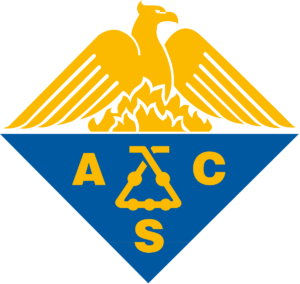Luke Roling’s chemical engineering research laboratory does not feature the clink of glass beakers, but rather the hum of computer banks, and with them, the promise of improving the performance of chemical engineering processes.
“Atomic-scale computer simulations are helping us understand how deactivation occurs in the chemical industry — and are bringing us one step closer to stopping it,” says Roling, who joined the Iowa State University Department of Chemical and Biological Engineering faculty in 2018.

Roling, an assistant professor, specializes in using computational design to enhance metal-catalyzed chemical engineering efficiency. He received his B.S. in chemical engineering from Iowa State in 2011.
His research recently netted a grant from the American Chemical Society (ACS) Petroleum Research Fund for a project entitled “Dynamic Catalyst Design for Mitigating Deactivation in Ethane Dehydrogenation.”
 The ACS Petroleum Research Fund supports advancing scientific education and fundamental research in the petroleum field, including any area of pure science that may lead to further research directly impacting petroleum. This fund can greatly assist young researchers like Roling to spur important investigation into petroleum-derived products.
The ACS Petroleum Research Fund supports advancing scientific education and fundamental research in the petroleum field, including any area of pure science that may lead to further research directly impacting petroleum. This fund can greatly assist young researchers like Roling to spur important investigation into petroleum-derived products.
Ethane is an abundant component of natural gas frequently converted to ethylene, a platform molecule that can be further processed for applications in many consumer products. The dehydrogenation process of converting ethane to ethylene requires expensive precious metal catalysts, such as platinum, that are prone to deactivation under the high-temperature reaction conditions due to deposition of large amounts of carbon that is formed as a byproduct. This requires the catalyst to be regenerated or replaced – both of which are expensive and inefficient in large-scale industrial processes. Roling’s project seeks to design new, lower-cost materials that don’t easily succumb to that pattern.

“We use state of the art computational tools. Through them, we can understand how chemical reactions take place, atom by atom,” Roling says. “We consider every reaction step from ethane to ethylene along with those steps that yield undesirable side products; armed with a detailed understanding of the reaction fundamentals, we search for and design new catalyst materials that may have more desirable properties.” He says an ideal outcome includes experimental work taking the predictions, synthesizing the catalysts with the identified optimal structure and composition, and confirming their improved durability properties.
“We take informational computer codes provided to us by physicists that tells us how atoms interact. Using these computational simulations we then propose atomic and molecular structures, determine the energies required for reactions, and look for data trends in the activity and use those to identify promising new materials.” Roling says a single simulation can take from one to two hours or up to one to two weeks, depending on what he and his researchers are trying to learn.
Large computer servers managed by Roling’s group and housed in the basement of ISU’s Durham Center provide the digital muscle needed.
The ACS grant allows Roling to mentor one graduate student to conduct the research over a two-year period.
More information about Roling’s research can be found here.
